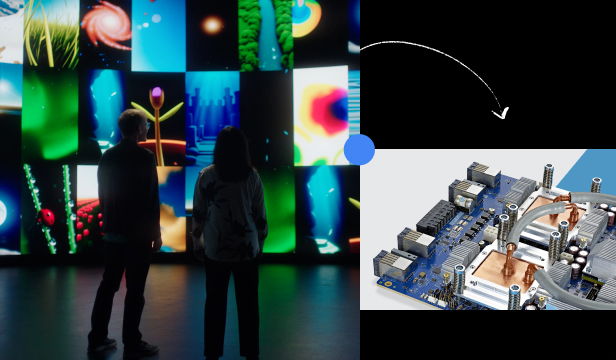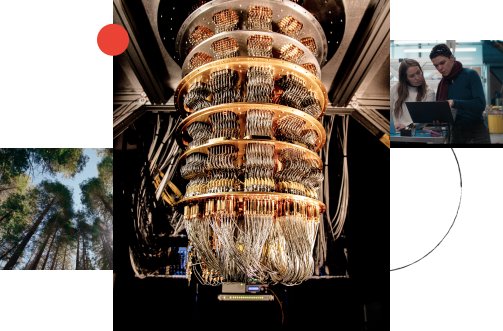Publications
Our teams aspire to make discoveries that impact everyone, and core to our approach is sharing our research and tools to fuel progress in the field.

Our teams aspire to make discoveries that impact everyone, and core to our approach is sharing our research and tools to fuel progress in the field.
Sort By
1 - 15 of 10391 publications
Differentiable Approximations for Distance Queries
David M. Mount
Proceedings of the 2025 Annual ACM-SIAM Symposium on Discrete Algorithms (SODA)
YETI (YET to Intervene) Proactive Interventions by Multimodal AI Agents in Augmented Reality Tasks
Saptarashmi Bandyopadhyay
Vikas Bahirwani
Lavisha Aggarwal
Bhanu Guda
Lin Li
Andrea Colaco
2025
The Cost of Consistency: Submodular Maximization with Constant Recourse
Paul Duetting
Federico Fusco
Ashkan Norouzi Fard
Ola Svensson
Proceedings of the 57th Annual ACM Symposium on Theory of Computing (2025), 1406–1417
GeoChain: Multimodal Chain-of-Thought for Geographic Reasoning
Sahiti Yerramilli
Nilay Pande
Rynaa Grover
Jayant Tamarapalli
(2025)
Improving simulation-based origin-destination demand calibration using sample segment counts data
Arwa Alanqary
Yechen Li
The 12th Triennial Symposium on Transportation Analysis conference (TRISTAN XII), Okinawa, Japan (2025) (to appear)
Scaling Laws for Downstream Task Performance in Machine Translation
Natalia Ponomareva
Hussein Hazimeh
Sanmi Koyejo
International Conference on Learning Representations (ICLR) (2025) (to appear)
Avoid global outages by partitioning cloud applications to reduce blast radius
Karan Anand
https://cloud.google.com/ (2025)
Online-EYE: Multimodal Implicit Eye Tracking Calibration for XR
Baosheng James Hou
Lucy Abramyan
Prasanthi Gurumurthy
Khushman Patel
Haley Adams
Andrea Colaco
Ken Pfeuffer
Hans Gellersen
Karan Ahuja
2025
Perceptual Evaluation of a Mix Presentation for Immersive Audio with IAMF
Carlos Tejeda-Ocampo
Toni Hirvonen
Ema Souza-Blanes
Mahmoud Namazi
AES 158th Convention of the Audio Engineering Society (2025) (to appear)
Reconfigurable Stream Network Architecture
Chengyue Wang
Jason Cong
James Hoe
International Symposium on Computer Architecture (ISCA) (2025)
ZAPBench: A Benchmark for Whole-Brain Activity Prediction in Zebrafish
Alexander Immer
Alex Bo-Yuan Chen
Mariela D. Petkova
Nirmala A. Iyer
Luuk Willem Hesselink
Aparna Dev
Gudrun Ihrke
Woohyun Park
Alyson Petruncio
Aubrey Weigel
Wyatt Korff
Florian Engert
Jeff W. Lichtman
Misha B. Ahrens
International Conference on Learning Representations (ICLR) (2025)
